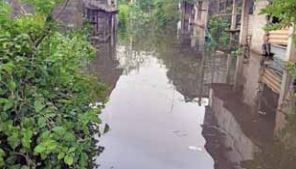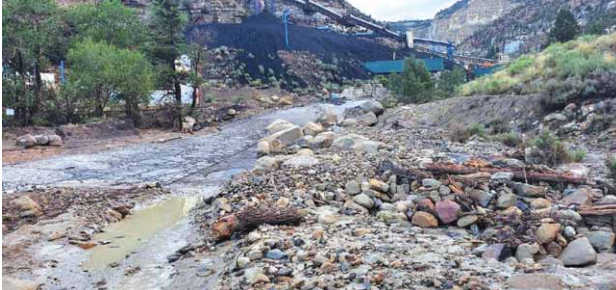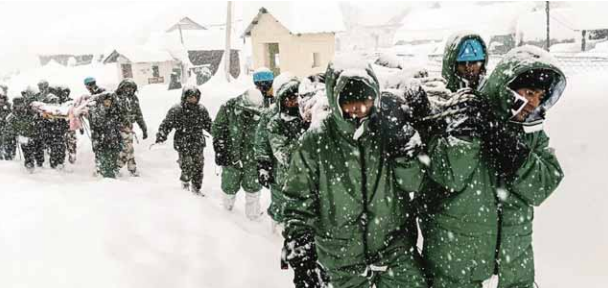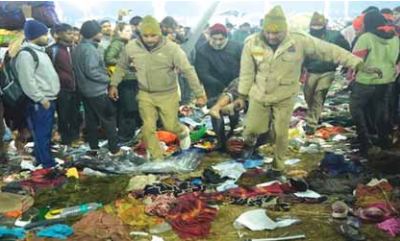Over recent years, Sri Lanka has experienced a rise in both the frequency and intensity of floods. This escalation is linked to changing climate patterns that bring more intense rainfall over shorter periods, overwhelming the existing infrastructure and natural waterways.
Sri Lanka was hit by devastating floods in early June 2024 which resulted in the deaths of 15 people and forced around four million children out of classrooms. The heavy rains and subsequent flooding have disrupted daily life for millions, severely impacting education as schools were closed across the country to ensure the safety of students.
Although Sri Lanka is used to facing extreme monsoon seasons, just like other parts of the world, the floods in Sri Lanka in 2024 are part of a broader trend of increasing extreme weather events, which are exacerbated by climate change. Over recent years, Sri Lanka has experienced a rise in both the frequency and intensity of floods. This escalation is linked to changing climate patterns that bring more intense rainfall over shorter periods, overwhelming the existing infrastructure and natural waterways.
The effects of climate change are not limited to the physical damage caused by floods. They also exacerbate other environmental and social issues. For instance, in Sri Lanka, the increased frequency of floods has heightened human-wildlife conflicts, and in countries like Bangladesh, the weather even during the monsoon season has become unpredictable as the country has seen schools shut down due to the extreme heat and homes destroyed due to heavy rainfall in the short span of two months.
These extreme weather events have significant repercussions for education. When floods force the closure of schools, children miss out on critical learning opportunities, which can have long-term impacts on their educational outcomes and future prospects. In response to such crises, organisations, like Save the Children, are calling for more robust funding and support to build resilient educational systems that can withstand natural disasters and ensure continuity of education for all children
Floods and landslides in Sri Lanka have killed at least 15 [1] people, including two children, and forced schools across the island nation to shut as the seasonal monsoon intensified over the weekend, said Save the Children.
A 3 year-old-child drowned and an 11-year-old child was buried alive in a mudslide, according to the Disaster Management Centre (DMC), as the rains reached record levels in parts of the country.
With 20 of the country’s 25 districts affected since the monsoon rains began, all schools have closed, putting learning out of reach for some four million children[2]. About 4,000[3] homes are damaged, according to the country’s Disaster Management Centre.
Save the Children staff have reported that canals in the capital were overflowing, with crocodiles seen lurking in the waterways. Electricity in up to five districts has also been cut off as a precautionary measure to avoid electrical shocks in flooded areas.
The monsoon rains began two weeks ago, but intensified over the weekend, leading to a record 400 millimetres of rain in parts of the country which has led to floods and landslides.
While monsoon rains are normal in Sri Lanka, impacts such as flooding are now more frequent and severe due to climate change, with school closures demonstrating the unique impacts of the climate crisis on children, Save the Children said.
Julian Chellappah, Country Director for Save the Children in Sri Lanka, said: “This intense destruction and disruption could bring huge long-term damage to children’s lives. A combination of the pandemic and economic crisis has affected children’s education, with an increase in school dropouts.”
“What we have seen this weekend is an example of how extreme weather events, made more frequent and severe due to climate change, are destroying children’s rights: disrupting their learning, ruining their homes and even causing death. For some families, disasters like this could leave them with absolutely nothing.”
In addition to the schools being forced to close for over four million children, the recent flood in Sri Lanka has also caused damage to around 4,000 homes as 20 out of the 25 districts have been effected since the rainy monsoon season started in the country.
Source:
Savethechildren.net
Floods in Sri Lanka Kill 15 People and Force four Million Children out of Classrooms






